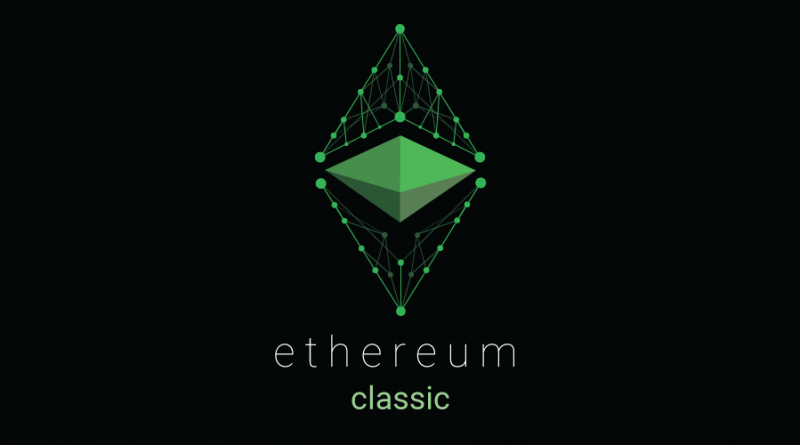Ethereum Classic ETC
Ethereum Classic - Life After a Hard Fork
Ethereum Classic has the same fundamentals and specifications of Ethereum, partly because they once were one same currency that was subject to a hard fork. Just like Ethereum, Ethereum Classic works with Turing-Complete smart contracts.
In order to better understand Ethereum Classic you must first know its history:
- July 30th of 2015 – Ethereum Launches: Vitalik Buterin and The Ethereum Foundation create the first blockchain-based Turing-complete smart contract platform.
- April 5th of 2016 – Slock.it Creates TheDao: Slock.it builds TheDao Ethereum Contract; a security audit is completed by Dejavu.
- April 30th of 2016 – The Dao Crowdsale Begins: TheDAO smart contract is deployed; members of the public send it value in return for DAO tokens.
- May 26th of 2016 – Security Proposal: Slock.it announce a $1.5 Million USD proposal, paid in Ether by the crowdfunding, 'to guarantee the integrity of The DAO'.
- May 27th of 2016 – TheDao Crowdsale Ends: On the last day of the crowd sale, DAO curator Vlad Zamfir calls for a moratorium on TheDAO, citing many game-theoretical security issues. The crowd sale completes becoming the world's largest and raising an incredible $150 Million USD.
- June 9th of 2016 –Recursive Call Bug Discovered: Peter Vessenes publicly discloses the existence of a critical security vulnerability overlooked in many Solidity contracts.
- June 12th of 2016 – ‘No Funds at Risk’: Stephan Tual publicly claims that TheDAO funds are safe despite the newly-discovered critical security flaw.
- June 17th of 2016 – TheDao has been Hacked: Ether is slowly and silently drained from TheDAO as the re-entry bug is applied. The price of Ether is slashed in half as Griff Green announces that TheDAO has been hacked. TheDAO's splitting mechanism gives around a month for a solution to be found that recovers the funds; Foundation and community developers race to implement a soft fork.
- June 21st of 2016 – Robin Hood Group Announced: A group of 'white-hat' hackers secure 70% of TheDAO funds but a protocol-level action is required to save the remaining 30% split by the hacker.
- June 24th of 2016 – Soft Fork Vote: The Ethereum Foundation releases a 'Soft Fork' client to censor transactions coming from the hacker; mining pools vote to enable it by lowering gas limit.
- June 28th of 2016 – Soft Fork Vulnerability: Critical Denial of Service flaws are found in the Soft Fork implementation, miners quickly decide not to use it. Many days of intense arguing goes on in the Ethereum community about the pros and cons of implementing a Hard Fork.
- July 15th of 2016 – Hard Fork Spec Announced: The only remaining option is a controversial Hard Fork. A Specification is determined and announced by Slock.it and Ethereum Foundation members. With 12 hours notice, The Ethereum Foundation use a controversial third party 'coin vote' to determine that the Hard Fork should be turned on by default; consensus is declared and an updated client is released.
- July 20th of 2016 – DAO Bailout Hard Fork: With around 80% of nodes updating to the new client, the community nervously awaits the arrival of the Hard Fork activation block 1920000. The community lets out a sigh of relief as the Hard Fork code is successfully implemented with no obvious flaws; champagne corks are popped all over the globe.
Ethereum Classic is Born
Many thought the original Ethereum was destined to vanish after the hard fork, but to everyone’s surprise, miners continued mining the original blockchain and people were trading the currency, this gave value to the coin despite the fact that most people were moving to the new platform.
So Ethereum Classic was born, and even exchange services started to list it on their websites as ETC, which stands for Ethereum Classic. Discussions started between users from both platforms until Ethereum Classic formally separated itself from Ethereum and declared independence, annulling any association with the Foundation.
The Ethereum Classic community built its own website and network, with their own ideas and strategies. Soon, the price stabilized and ETC adopted a fixed-cap monetary policy with a limited emission schedule.


